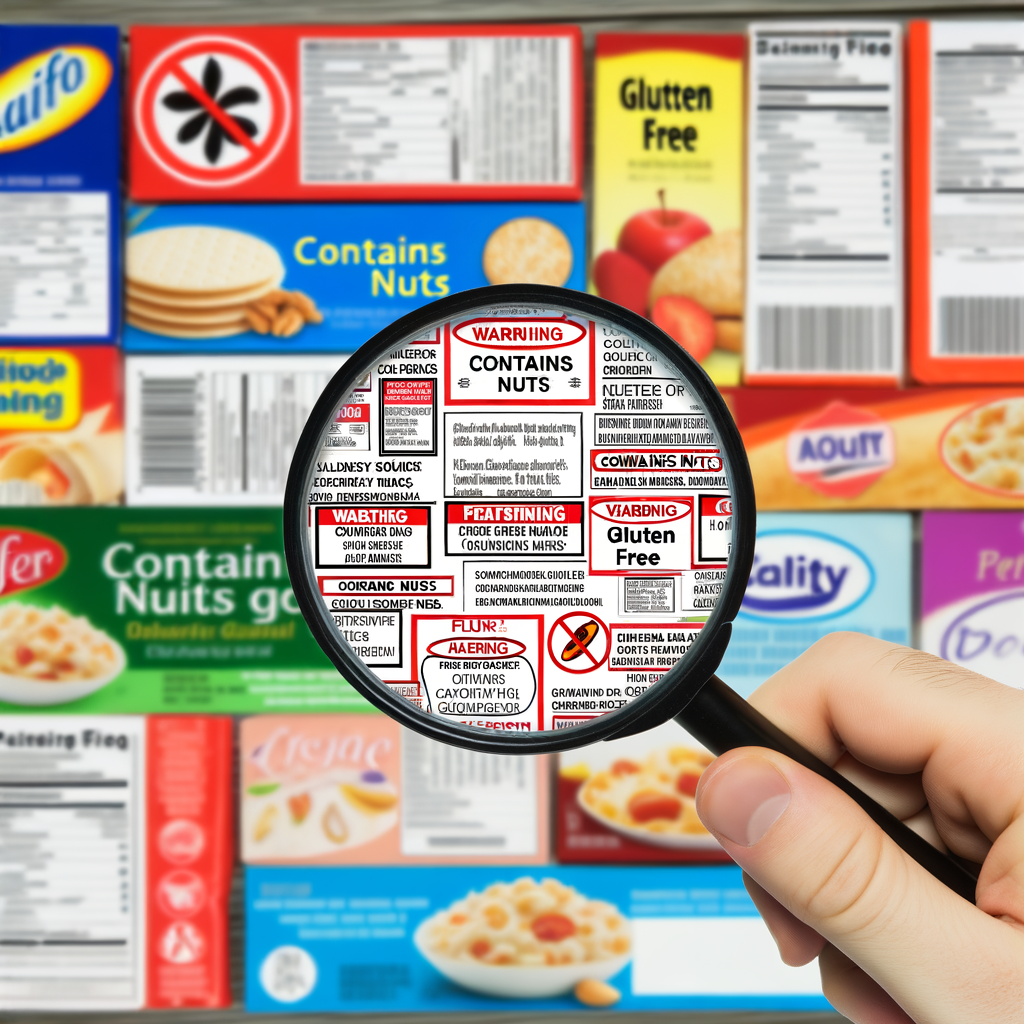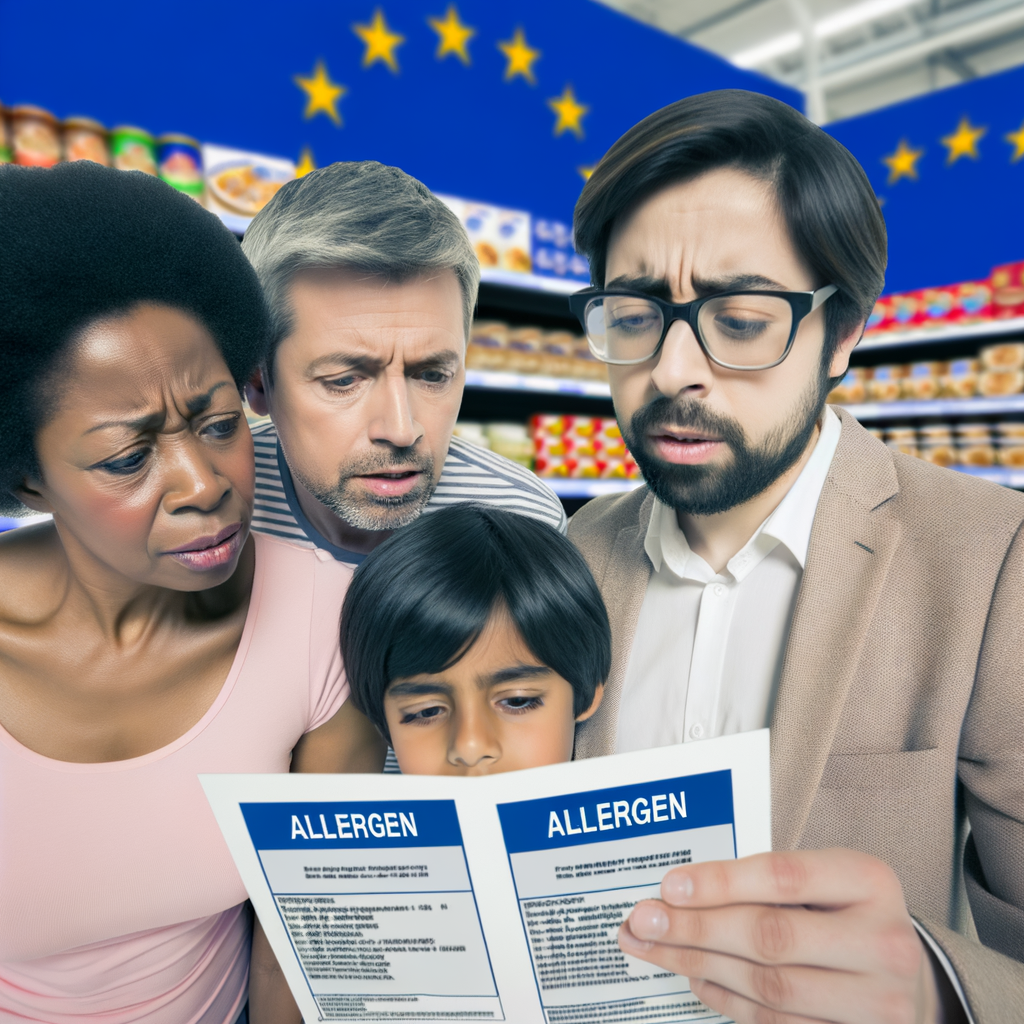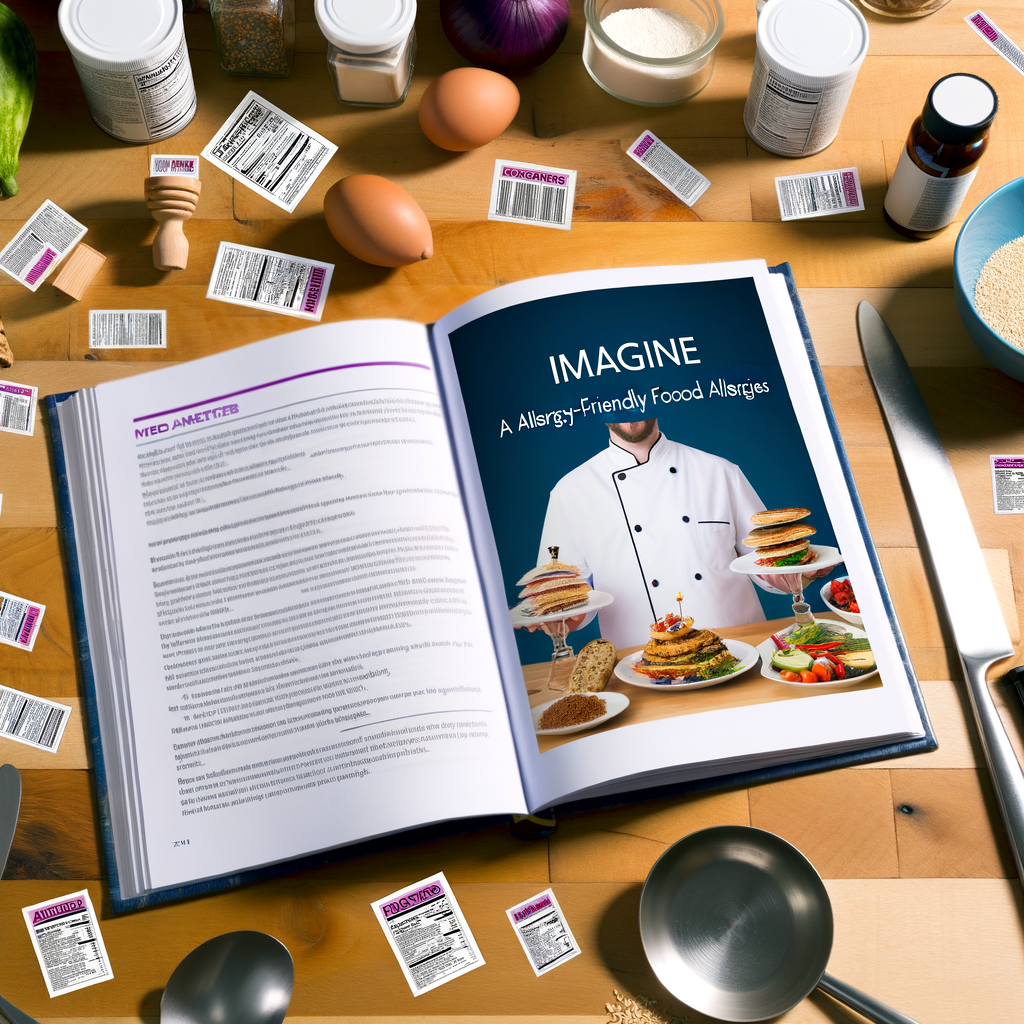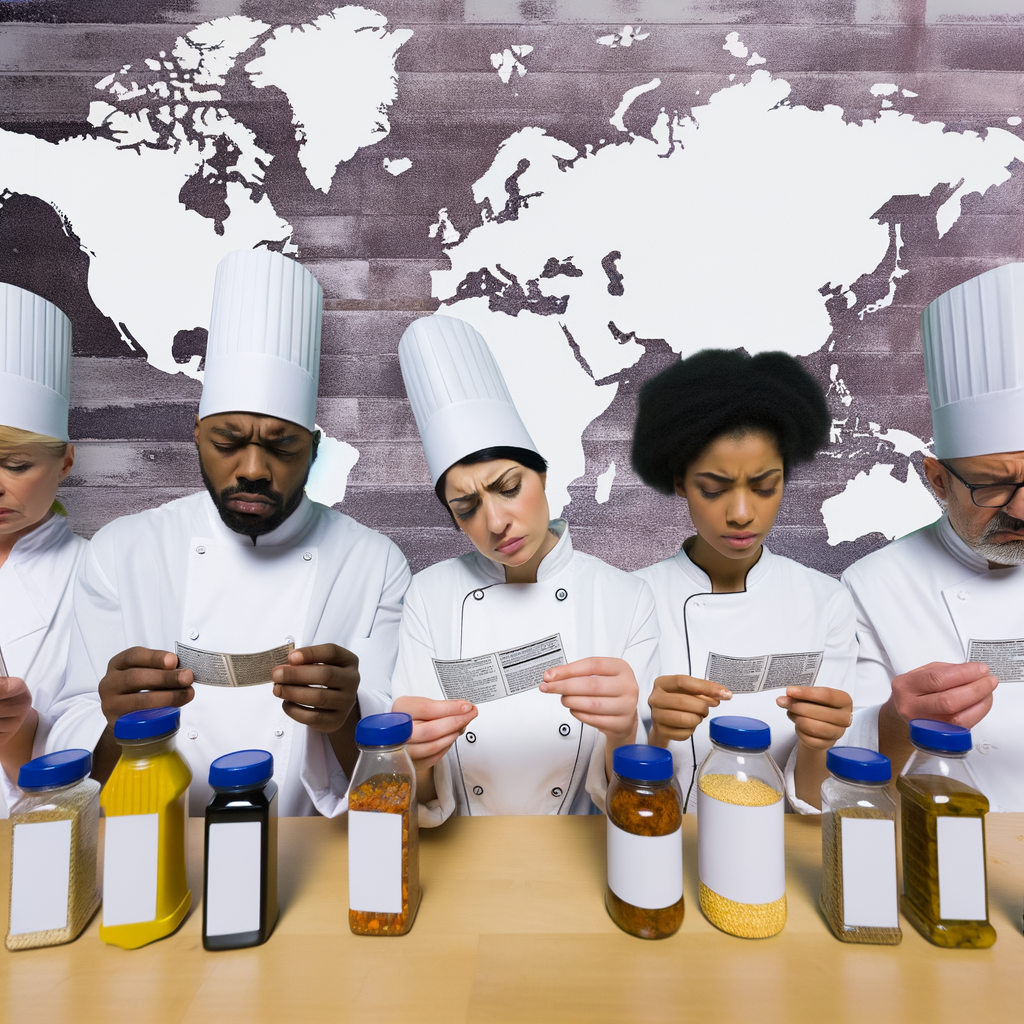Food allergies have become increasingly common in recent years, and it is estimated that 1 in 13 children in Europe suffer from some form of food allergy. As an expert chef, it is important to be aware of these allergies and how to accommodate for them in your cooking. One of the key ways to prevent allergic reactions is by carefully reading food labels and understanding the ingredients used. This article will provide a comprehensive guide to label reading for those with food allergies.
First and foremost, it is crucial to understand the different terms used on food labels. ‘May contain’ or ‘manufactured in a facility that also processes’ means that the product may contain traces of allergens, even if they are not listed in the ingredients. ‘Free from’ means that the product does not contain a specific allergen, but it is important to check the label in case it contains other allergens.
Next, familiarize yourself with the common allergens and their alternative names. For example, milk may also be listed as casein or whey, while nuts may be listed as almonds, cashews, or hazelnuts. Be cautious of any ingredient with ‘gluten’ in its name, as this can also trigger allergic reactions in some individuals.
Lastly, always double check the label, even if you have used the product before. Manufacturers often change their ingredients, and it is important to stay on top of any changes that could potentially harm those with food allergies. As an expert chef, it is our responsibility to ensure the safety and well-being of our customers, and proper label reading is a crucial step in achieving this.





